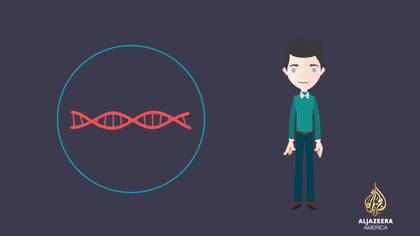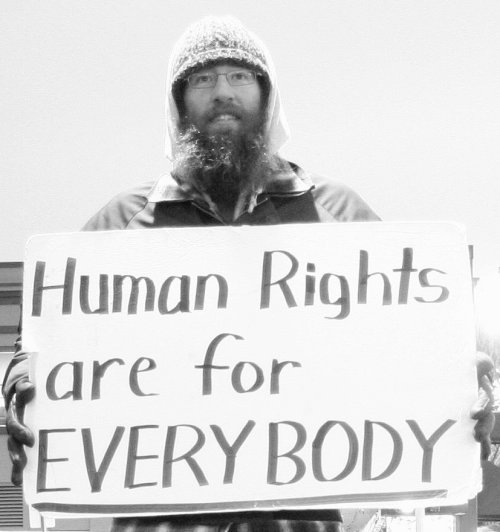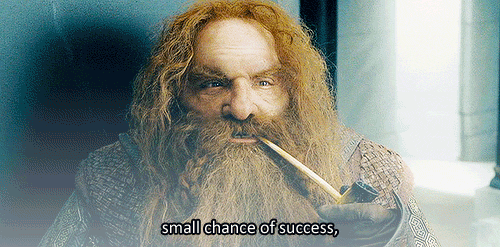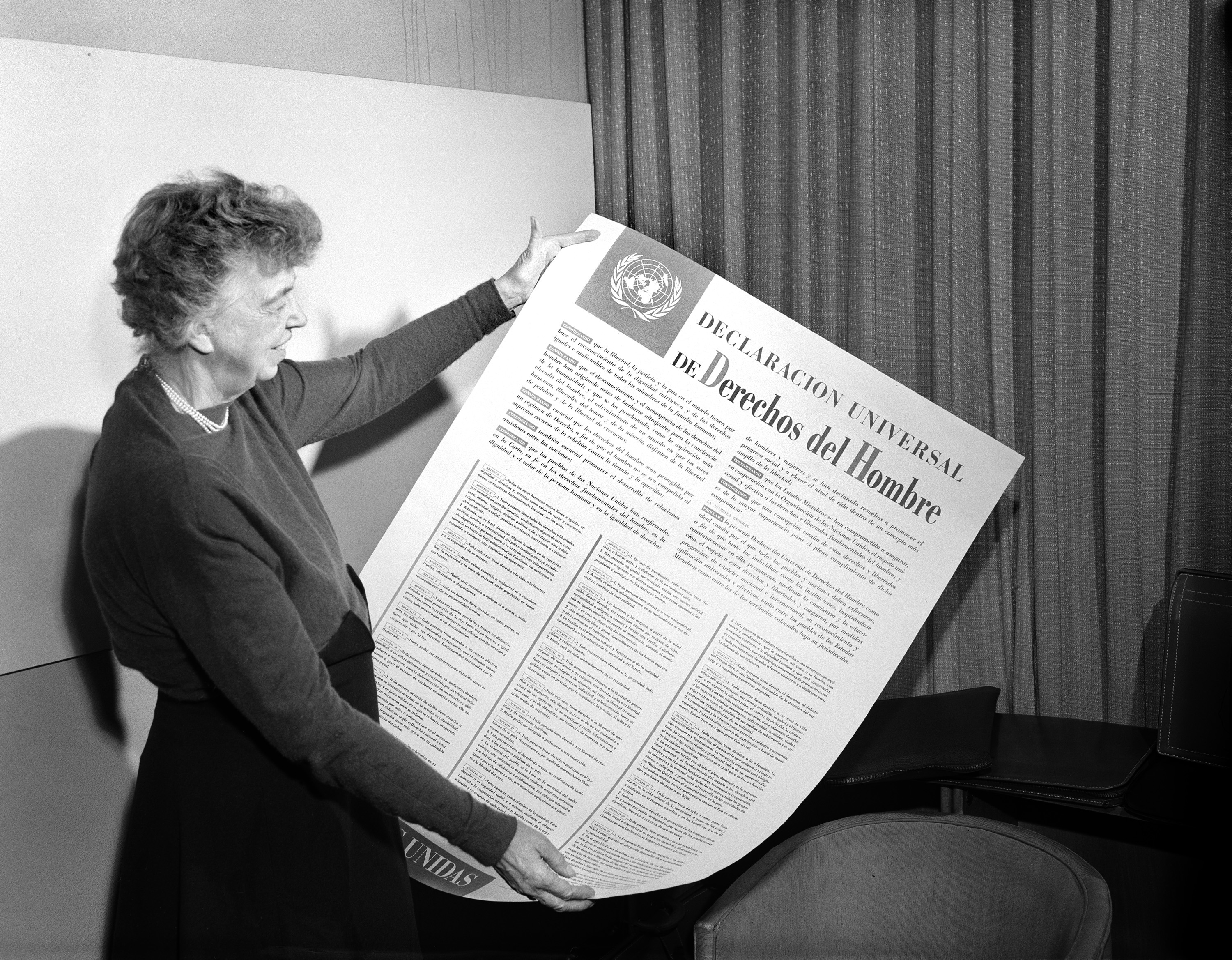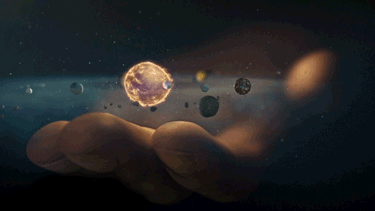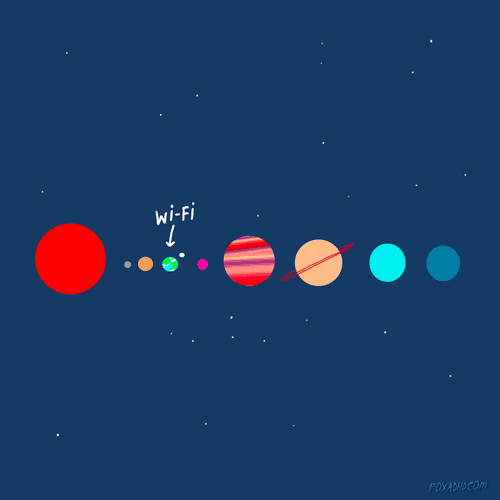The demand for data storage increases sharply. The rate at which these needs increase will make that very soon we will find the problem that the means at our disposal are not enough to accommodate the huge volume of information. According to Microsoft in 2017 this demand will be about 16 zettabytes, a volume that supports we use today are not prepared to accept. Although the improvemant of the optical discs we still needed million units to store 1 zettabyte (approximately 1,000 million terabytes), which also mean a significant physical space, too.
With the aim of revolutionize the digital data storage, Redmond are collaborating with Twist Bioscience, a company specializing in biotechnology based in San Francisco, and with the University of Washington to use DNA as a means to store information in a small space.
The genetic material is an attractive alternative for this purpose because it is extremely dense (up to 1 exabyte per cubic millimeter) and very durable (it has a half life of over 500 years). However, the great difficulty to store digital data in DNA is that the processes of reading and writing are not simple.
To carry out this project, Microsoft has bought 10 million Twist DNA strands. According to the cooperation agreement, the corporation will provide the data as a digital sequence, and Twist will convert it to a physical form through synthetic biology techniques.
To encode digital data into a DNA strand the researchers convert digital zeros and ones of the file in combinations of the four elements that form the molecules of genetic material (adenine, thymine, guanine and cytosine). According to Microsoft, in a single gram of DNA it could store 1,000 million terabytes.
This news set out one of the problems that maybe nobody had think about. In last years we are collecting and storing enourmous amounts of data and information, but the space we have to keep it is not unlimited. It means that we have a limit and acording to the news this is not far away. It's also true that the means to keep information has improve a lot but it is still not enough so we need alternatives and it's when we turn to see science and technology working together. Thanks to bioteclogy, that it's a field that is in constantly improving over the years, now Microsoft seems that have the solution to do problem. What Microsoft propose is really very difficult and have a lot of complications, but we can't say no just satrting, so we only can wait to see what happend and trust in science.





